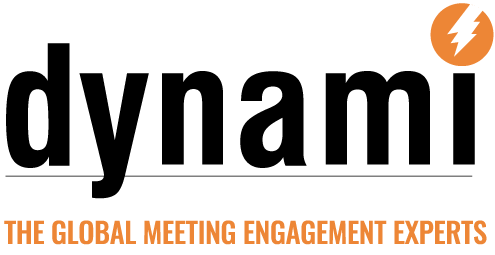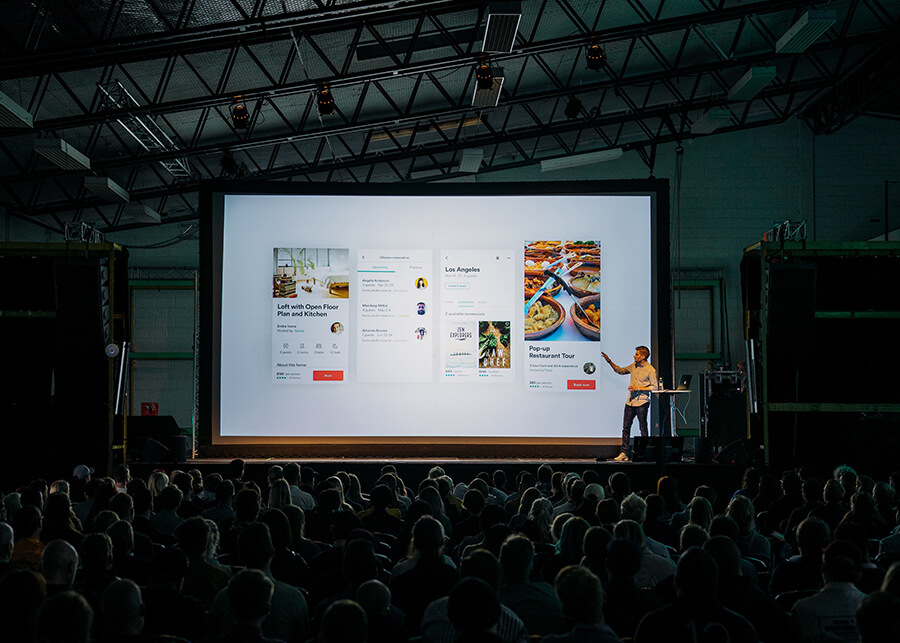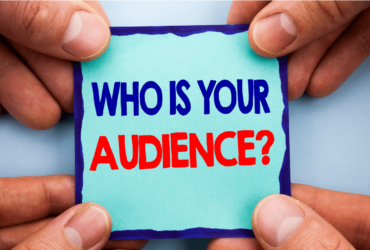I cannot tell you how many times I’ve sat with a client and asked what their goals and objectives were for a very important, upcoming meeting or event.
“I want everybody to fully understand and embrace the new strategy.”
OK …
“I want everyone to leave fired up and energized.”
Uh-huh …
“I want to build an esprit de corps and foster a greater sense of teamwork.”
Nice …
“I want the audience to have faith and trust in senior leadership and our direction.”
Got it.
And then it happens. All of the above perhaps but something else, too – nothing. After your high-energy, whirlwind, glad-handing and back-slapping, four-day-three-nighter-of-a-conference, everyone dashes to the airport – TSA lines, flight delays, baggage fees and all – and returns to the office … only to pick up where they left off.
You blew it. Sorry, you did.
All that time, effort and money spent on flights, ground transportation, hotel rooms, food and beverage, staging, production, staffing, amenities, activities, entertainment and custom-logoed pillowcases and mirror static clings in the restrooms and … nothing changed.
And that’s on you, Mr. or Ms. Event Owner. You failed to tell them what they needed to do differently when they got back to their offices. Or maybe you did, and it got lost in the humdrum of talking heads, or buried in some double-stuffed, twice-baked PowerPoint imagery.
Anybody relate? Yeah, thought so. We’ve all been there.
So, what can we do to turn this busted model on its ear and actually achieve all of those noble desires stated above and spark behavioral changes that have a positive impact on your bottom-line? After all, isn’t that the point? Here are seven strategies for adding more “Oomph!” to your next all-important meeting or event; specifically, making information easier for the audience to grasp, retain and put into practice so your bottom line trends in a steep, northerly direction.
Map Out a Communication Strategy for Your Event – There are three phases to any event – pre-program, onsite and post-program. Think hard about how you can pre-package visuals and learning materials to be pushed out in advance so your invitees can learn on their own schedule prior to your gathering. “Set the stage” with the pre-work and save the most important stuff for delivery from the mainstage or in breakouts. Finally, follow-up after the program ends. I said, follow-up. Did I mention following up? Momentum will not sustain itself. You’ve got to continue to breathe life into new information and expectations long enough for them to grow into changed behaviors. You wouldn’t lay new sod then walk away and never water it if your goal was a lush, green lawn. Same is true for business learning. You have to nurture it until it takes hold in your organization.
Visualize the Impact of Your Visuals – When sitting down to build your presentation, ask yourself, “What do I need for them to do differently when they get back to their daily responsibilities?” … “What changes in behavior need to take place in order to achieve goals and objectives?” … “What’s the best way for me to demonstrate the tactical steps and how they’ll pay off?” Once you’ve envisioned the successful outcome or result, back your way into your presentation with the answers to those questions in mind.
What You See Is What You’ll ‘Get’ – Visuals, visuals and more visuals. And not just any visuals. Beautiful visuals with crisply written text and high-resolution, gorgeous photo art that amplify your message. Make your audience want to enjoy what’s onscreen and look forward to the point you’re building toward. Guide them along an info trail that’s eye-opening, mind-expanding and, most importantly, memorable and actionable. Memorable and actionable … two very, very important considerations.
And while we’re talking visuals, a professional graphic artist is worth your investment. I don’t care how good Sally or John down the hall are when they dabble in PowerPoint or Keynote, there’s a difference between really good amateur efforts and work done by a true pro.
Mix It Up! – We live in a Max Headroom blipvert, visual world. Smart devices, video games, 500+ cable channels, on-demand, streaming, etc. have made “eye candy” king. Seek ways to incorporate still imagery, infographics, animation, video, livestreaming, etc. The candy store carries many more treats than it used to. Use ‘em!
Audiences are skewing younger and younger and, more often than not, you’re presenting to young women and men who’ve been raised in a visual era. They demand visual engagement, or they tune out. Accept this truth and work within it.
Don’t Put 10 Pounds of Stuff in a Five-Pound Bag – If you overload your PowerPoint and/or add too many minutes to your presentation times, your audience will remember perhaps a third of what’s communicated when they trudge out of the ballroom. (There’s a reason why the no-more-than-18-minute-long TEDTalks are a global sensation.) One week later, that retention rate drops to 10%, or less. And that assumes your speakers were actually pretty engaging when onstage.
However, an artful combination of precisely the right words and carefully selected images that fit into a brisk timeslot will increase retention by 50% or more. It’s worth the time and effort to labor over your words and visuals to make the most of your assigned presentation time.
Lighten Up and They’ll Light Up – Business is serious stuff, but it needn’t be to a fault. Seek ways to have fun, mix in humor, tell personal stories, use props, bring someone onstage to help make a point (without embarrassing them), catch the audience off guard with something that comes out of left field and helps illustrate the point you’re making. Your audience will appreciate the change of pace. The element of surprise is a good one.
Give ‘em the ‘Gangplank Thoughts’ – I have a friend who did a high-level program on a chartered cruise ship once, and all presenters agreed to end their onboard presentations with Gangplank Thoughts. Essentially, they told the audience, “If you only remember 3-4 points from my presentation, these are the ones I want you to take with you when you disembark the ship. And here’s what you need to do with them to be better at your job.” People enjoy success and achievement, and they particularly appreciate having the secrets to greater success shared with them. Seize the opportunity to do that!
CONCLUSION – For decades, business meetings have been treated like information dumps. In reality, today’s programs should be seen as opportunities to change behavior in positive ways. And when it comes to sparking behavioral changes, “going big” isn’t necessarily the only option. Don’t discount the power of many people making minor changes or fixing small problems simultaneously. In a recent LinkedIn article, Novartis CEO Vasant Narasimhan said, “Everybody can fix one thing … they can change one behavior. If every one of our 120,000 people starts to fix one thing, you start to see a movement happen.”
Start by taking a fresh look at your speaker-support visuals and develop a sharp focus on how you’re going to inspire new behaviors that yield greater results for your organization.
Cheers,





